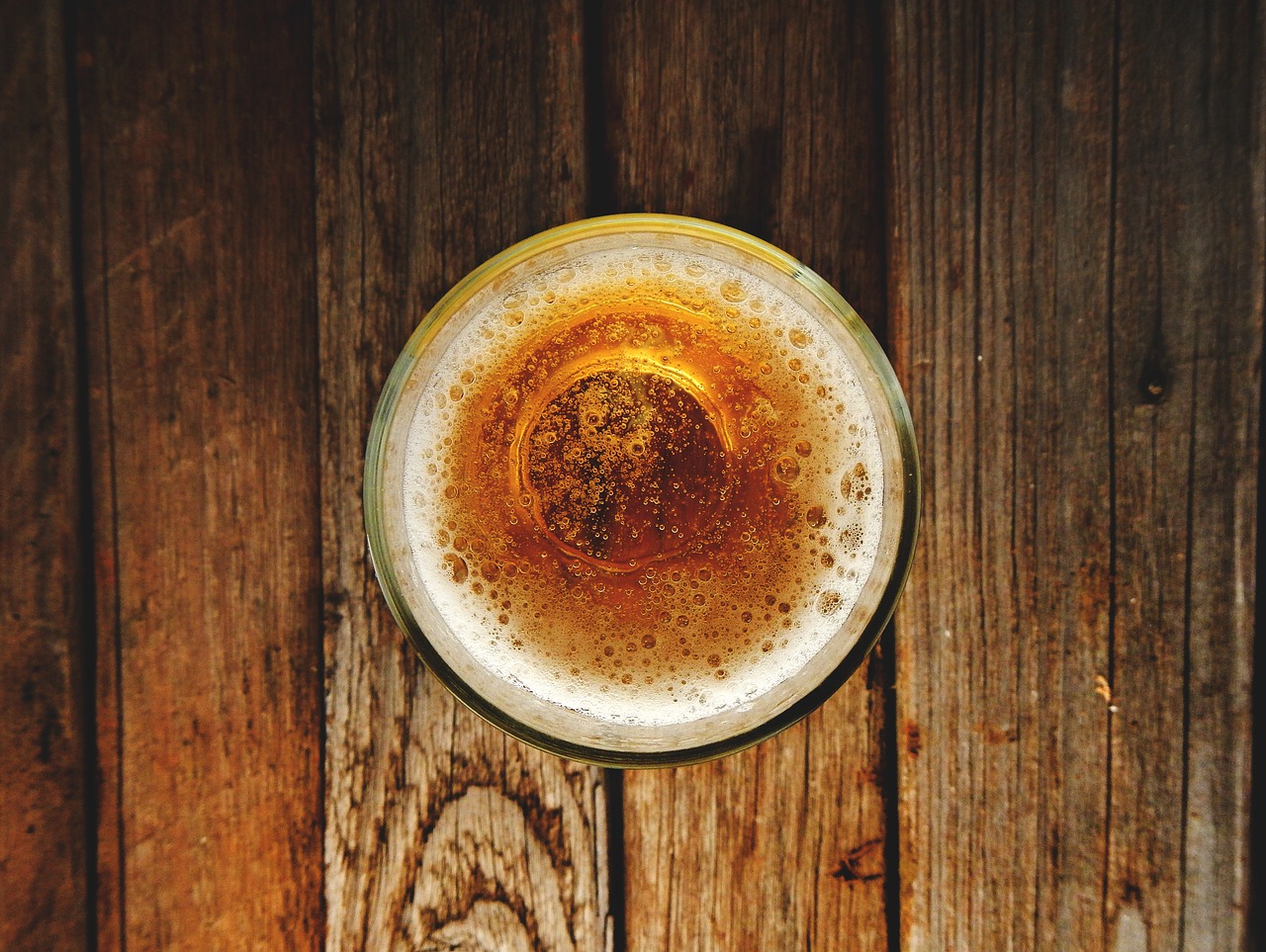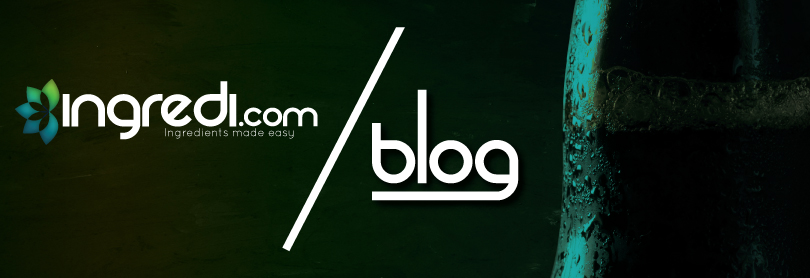How priming sugar gives beer the bubbles
By on Jan 31st 2019
Let’s face it; beer isn’t beer without the bubbles. Therefore, priming sugars are essential to a brew master’s final product. By adding priming sugars to a beer, you achieve the carbonation naturally instead of having to add CO2 manually.
What is priming sugar?
Priming sugars are used in the carbonation and fermentation process of the beer. They also can come from a variety of sources. The most typical and favorable priming sugars are Dextrose (corn sugar), Sucrose (table sugar), and DME (Dry Malt Extract).
How does priming sugar carbonate beer?
This process is happening at a microbiological level. It’s a chemical reaction that happens inside the beer itself once the priming sugar is added. When the sugar is added, the yeast begins to feed off it. While this process is happening, a gas byproduct is released. This gas is known as carbon dioxide, or CO2, the “bubbly” chemical, if you will.

Why priming sugar is better than other carbonation methods
As with any choice in life, there are positives and negatives with each decision. It then becomes a choice as to which one is better. When carbonating a beer there are many methods that work, but the priming sugar method is the best. The reason why they are the best method is because of all the options you have as far as customizing taste, and how the beer is carbonated.
For example, when you use priming sugars, they can provide a different taste. There are many types of sugar sources out there that can give your beer an interesting or unique flavor. These things consist of honey, table sugar, and corn sugar. These all ferment and carbonate the beer but provide their own unique twist to its flavor.
Priming sugars are also a fair bit cheaper and more readily available compared to carbonation tablets. So, if you are on a budget, priming sugars are the way to go. Additionally, priming sugars are a natural way to carbonate and ferment a beer. Some people appreciate the authenticity of this method, as well as the natural taste the sugar provides.
Sources:
https://www.brewcabin.com/priming-sugar/
https://www.mrbeer.com/blog/carbonating-beer-priming-sugar/
https://learn.kegerator.com/how-to-carbonate-your-beer/
http://www.howtobrew.com/book/section-1/priming-and-bottling/what-sugar-should-i-prime-with






